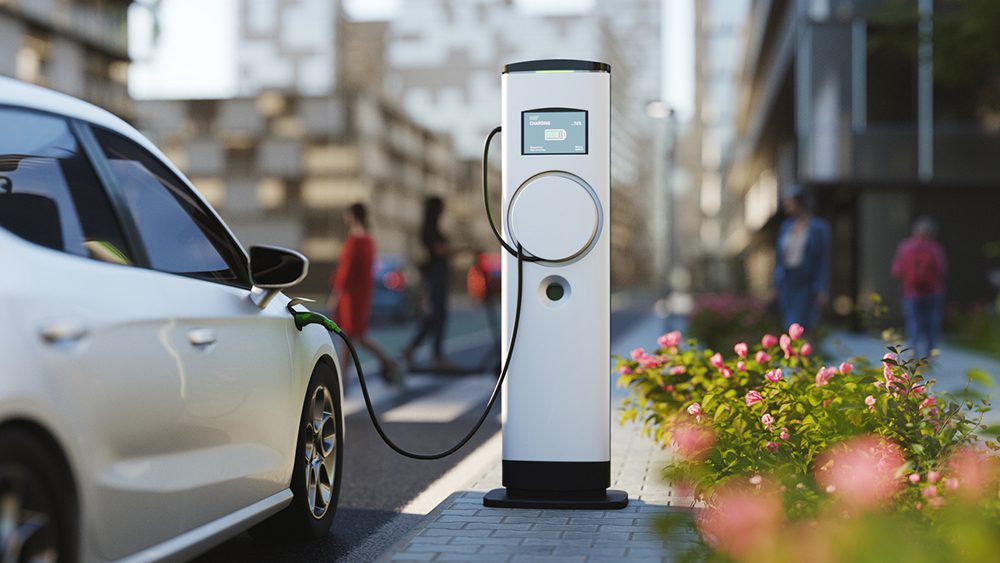Electric cars are bad – The propane association said so.
Walk into any charging plaza and you’ll find a line of shiny new EVs topping up. Scroll your social feed an hour later and you’ll see posts claiming those same cars are environmental frauds that will melt the power grid. Record sales and record scepticism are happening at the same time—a tension stoked by genuine growing pains, outdated studies that refuse to die, and industry-funded campaigns designed to keep drivers on gasoline.
This piece cuts through that noise. First, we dismantle the six loudest anti-EV claims now ricocheting around op-eds and comment threads. Then we look squarely at the real shortcomings holding the market back—and the fixes already under way.
Myth 1 – “EVs never repay the CO₂ emitted when you build them.”
According to the U.S. Department of Energy’s 2025 GREET life-cycle factsheet, a midsize 2025 EV cuts total greenhouse-gas emissions by ≈ 46 % versus a comparable gasoline car, wiping out its manufacturing “carbon debt” in about one to two years of driving.
Myth 2 – “Battery metals make EVs unsustainable—and unethical.”
The International Energy Agency reports that lithium-iron-phosphate (LFP) packs—free of nickel and cobalt—already power more than 40 % of global EV demand. Coupled with new EU and U.S. recycling mandates, the mineral-supply problem is shrinking, not growing.
Myth 3 - “Millions of EVs will crash the power grid.”
The National Renewable Energy Laboratory’s 2030 National Charging Network study concludes the U.S. grid can support 30–42 million EVs by 2030 with planned upgrades plus smart, off-peak charging. Managed charging and future vehicle-to-grid programs can actually reduce peak stress.
Myth 4 – “Electric cars catch fire more often than gas cars.”
U.S. National Transportation Safety Board data put EV fires at 25 per 100,000 vehicles, compared with 1,530 per 100,000 gasoline vehicles. Hybrids have the highest fire rate; lithium-ion fires are rarer but require specialized training.
Myth 5 - “EV batteries die early and cost a fortune to replace.”
A 2024 Geotab meta-study of 15 000 vehicles finds average battery degradation of just 1.8 % per year, implying 15- to 20-year lifespans. Most packs carry eight-year/100 000-mile warranties, and post-2016 failure rates are well below one percent.
Myth 6 - “EVs are too expensive and never pay off.”
A total-cost-of-ownership research study conducted by the University of Michigan found that EVs are already cheaper to own over five years in 48 U.S. states, thanks to lower fuel and maintenance costs. Battery prices keep falling, widening that gap every model year.
The Real Problems the Industry Still Has to Fix
Public-charger reliability is the sore thumb: about 20 % of U.S. fast chargers sit offline on any given day, but new NEVI (National Electric Vehicle Infrastructure) regulations now require 97 % annual uptime, pushing networks to swap out flaky hardware and add real-time monitoring.
Up-front sticker prices remain steep for budget buyers, yet falling battery costs and LFP-based platforms are bringing sub-$30 000 models to North America by 2026.
Supply-chain ethics still matter. Concentrated cobalt mining in the DRC and lithium processing bottlenecks raise labor and geopolitical concerns, but the pivot toward cobalt-free chemistries and mandatory recycling targets a more ethical, circular chain.
Finally, EV weight boosts brake- and tyre-particulate emissions. Automakers are countering with lightweight chassis and low-wear tyre compounds, while regulators explore weight-based road fees and particulate standards (no single source yet dominates this discussion).
These challenges are engineering and policy tasks—not evidence that electric cars are worse than gasoline. Fixing them will only accelerate the environmental and economic advantages EVs already deliver.
Bottom line
Perfect? No. Better than burning gasoline for another century? Absolutely. Independent studies, government data, and real-world fleets agree that modern EVs cut emissions, fires, and long-term costs. The remaining hurdles—charger uptime, entry-level pricing, ethical sourcing, and particulate wear—are solvable.
